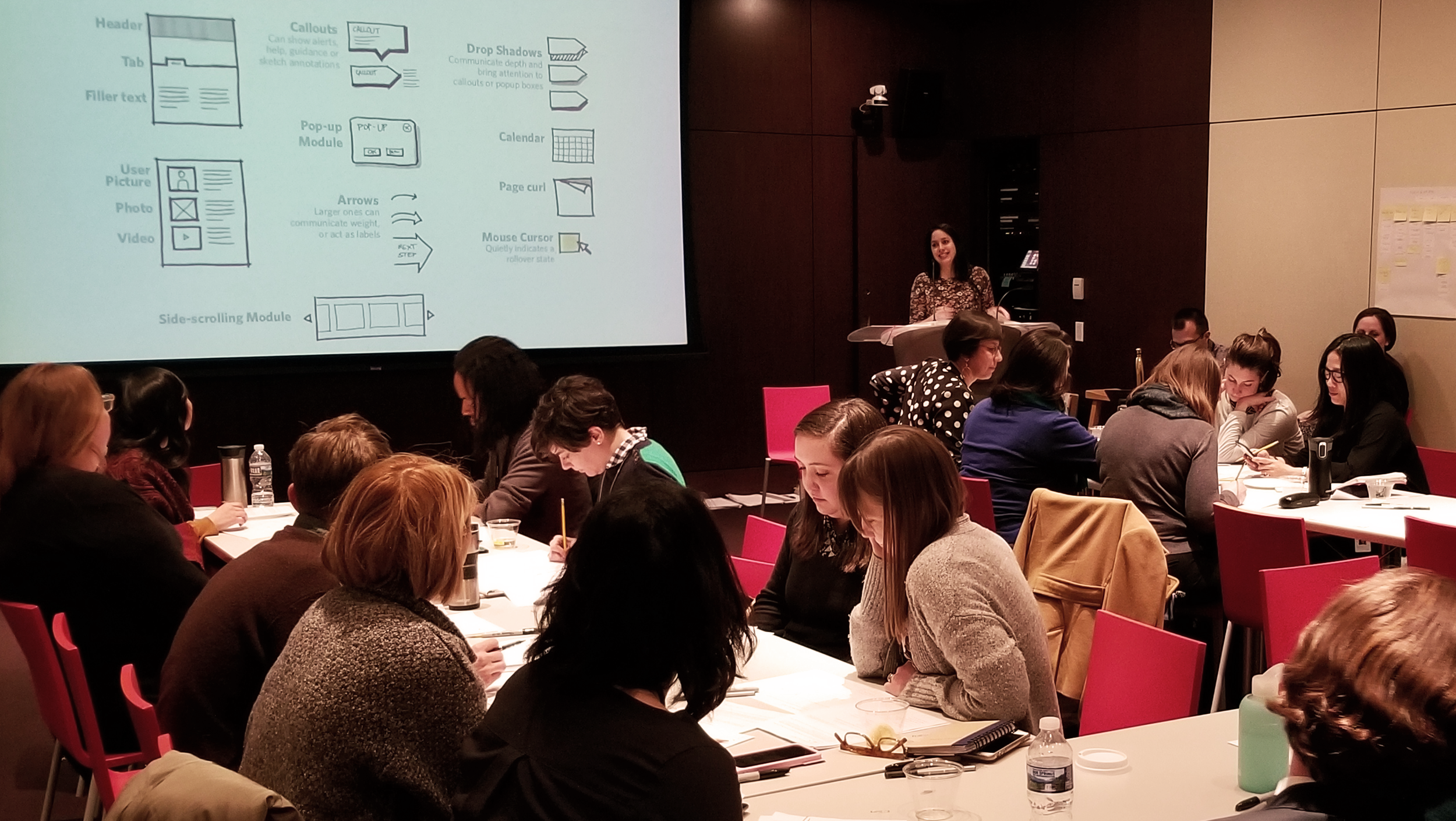Creating a human-centered design practice at the PMA
I brought my love for research and strategy to the Philadelphia Museum of Art and created an ongoing dialogue about user data and insights. By showing the value of visitor-focused design with transparency throughout the process, we helped the institution better understand their global digital audience, develop actionable metrics, and create the first comprehensive content strategy for the website.

Understand your audience
Qualitative and quantitative research have their place in the research world for a reason, but you can’t get a full understanding of the business and audience needs without a balance of internal and external research.
At the Philadelphia Museum of Art, we brought the iterative design practice to life by instituting research and discovery at the very beginning. We conducted user surveys, stakeholder interviews, competitive reviews, analyzed user data, led design workshops, and synthesized these learnings to share across the organization.
Create actionable data & insights
Data is great, but what you take away from it is more important.
At the museum, I led the creation of digital analytics gathering and visualization, providing dynamic metrics-based dashboards to give departments specific user insights based on their institutional goals.
We also created the first Overall Experience Rating report and annual Website Insights reports to share our learnings with the institution and to give the organization a better understanding of what their digital team was working on.
Lead with content strategy
A wise copywriter once told me that you shouldn’t speak to your users. You should speak with them.
Creating a comprehensive content strategy is necessary, and though the work of auditing existing content and business goals was daunting, we were able to reorganize and create new content for the website with direct involvement from 60+ stakeholders. Design by committee is never recommended, but you can’t create content for 160K pages on your own!
Never stop learning
Your product needs to be able to evolve to respond to changing user and business needs.
At the PMA, we gathered user data and creating insights post-launch to inform the next phase or next project. Internal processes like retrospectives balanced out our external research to ensure that our team was able to deliver upon the latest audience learnings.
We conducted post-launch surveys and testing sessions and reviewed user engagement data to create intentional roadmaps that led our team’s work in the following fiscal year.



